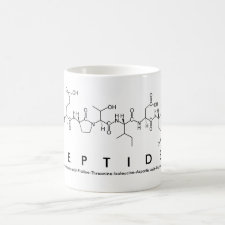
Authors: Huang C, Cheng Y, Gao ZW, Zhang HB, Wei J
Article Title: Portable label-free inverse opal photonic hydrogel particles serve as facile pesticides colorimetric monitoring.
Publication date: 2018
Journal: Sensors and Actuators B: Chemical
Volume: 273
Page numbers: 1705-1712.
DOI: 10.1016/j.snb.2018.07.050
Alternative URL: http://www.sciencedirect.com/science/article/pii/S0925400518312905
Abstract: Long-range ordered macroporous inverse opal hydrogel particles with methanephosphonic acid (MPA) imprinted sites have been designed and prepared through a sacrificial template method for the in situ molecule recognition process. The hydrogel particles showed well specific selectivity to MPA and obvious reflection peak shift which can be recognized by naked eyes. Because of the hydrogen bond interaction between MPA and polymethacrylic acid (PMAA), the macropores of the hydrogel matrix gradually swell during the recognition process. The prepared MPA imprinted crystal colloidal arrays hydrogel particles can be used as the colorimetric sensors for the detection of the existence of the MPA, achieving a 120 nm large red shift of its reflection peak leading to the interaction between the MPA and the imprinting sites. In addition, the size of the hydrogel particles is systematically studied, which inspires us to obtain the appropriate range of MPA sensor by controlling the size of the hydrogel particles to fit the different standard. In combination with food safety, hydrogen affinity molecularly imprinted polymer (MIP) inverse opal suspension arrays sensors here are of potential application for the building of the pesticide detection system
Template and target information: methanephosphonic acid, MPA
Author keywords: Colloidal crystal array, molecularly imprinted polymer, Microfluidics, Colorimetric sensor, Pesticide residue detection



Join the Society for Molecular Imprinting

New items RSS feed
Sign-up for e-mail updates:
Choose between receiving an occasional newsletter or more frequent e-mail alerts.
Click here to go to the sign-up page.
Is your name elemental or peptidic? Enter your name and find out by clicking either of the buttons below!
Other products you may like:
 MIPdatabase
MIPdatabase









